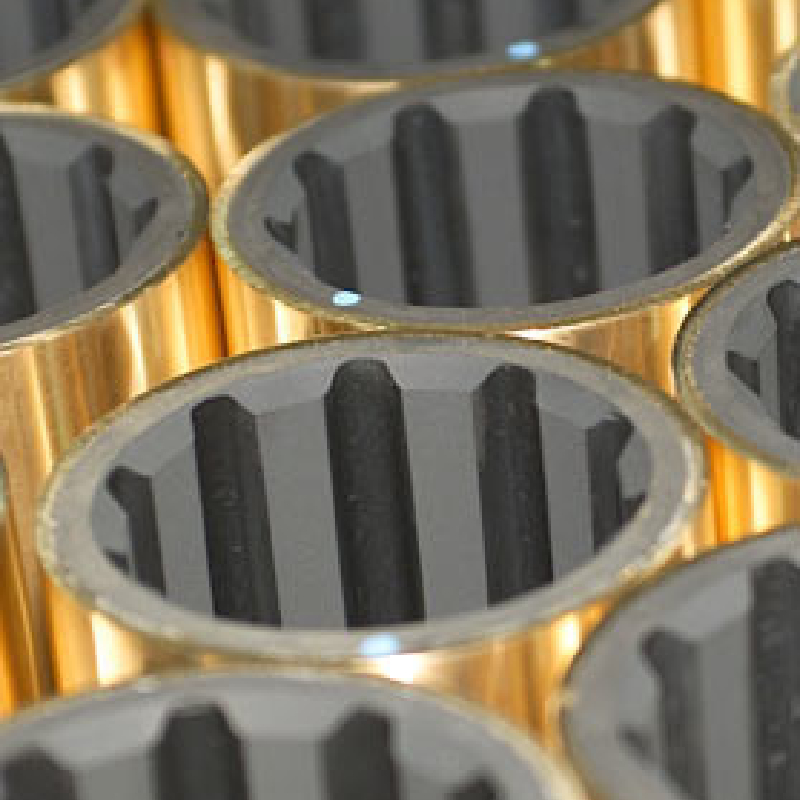Understanding the Importance of Drain Plug Crush Washers for Optimal Performance
Understanding Drain Plug Crush Washers Essential Components for Leak-Free Performance
When it comes to maintaining vehicles, machinery, or any equipment that involves fluid management, ensuring a secure and leak-proof connection is critical. Among the various components used to achieve this, the drain plug crush washer stands out as a crucial element. This article explores the role of drain plug crush washers, their materials, installation tips, and why they are essential for preventing leaks.
What is a Drain Plug Crush Washer?
A drain plug crush washer is a specially designed washer that is placed between the drain plug and the material of the oil pan or fluid reservoir. The primary function of this washer is to create a tight seal that prevents any fluids from leaking out. The term crush washer refers to its construction; these washers are typically made from materials that deform under pressure, effectively filling in any gaps or irregularities in the mating surfaces when tightened.
Materials and Types
Typically, crush washers are made from soft metals such as aluminum, copper, or brass, although they can also be found in various types of rubber or composite materials. Each material has its advantages based on the application. For example
1. Aluminum Washers Lightweight and resistant to corrosion, aluminum washers are frequently used in automotive applications due to their ability to withstand high temperatures.
2. Copper Washers Known for excellent thermal conductivity and tolerance to heat, copper washers are often employed in high-performance situations where heat dissipation is crucial.
3. Rubber Washers These are ideal for applications that require elasticity and resistance to various fluids, making them suitable for many different types of machinery.
4. Plastic or Composite Washers Often used in applications where metal components could cause corrosion, these options provide chemical resistance and strength.
drain plug crush washer

Installation Tips
When installing a drain plug crush washer, there are several key points to keep in mind
1. Proper Sizing Ensure that the crush washer is the correct size for the drain plug. An improperly sized washer may not provide an effective seal.
2. Clean Surfaces Before installation, it is vital to clean both the drain plug and the surface of the pan or reservoir. Any dirt, oil, or debris can interfere with the sealing properties of the washer.
3. Torque Specification Follow the manufacturer's torque specifications when tightening the drain plug. Over-tightening can cause the crush washer to deform excessively or even fracture.
4. Regular Inspection After some use, inspect the crush washer for signs of wear or damage. It is advisable to replace the crush washer every time you change the oil or when there are signs of leakage, as these washers are designed for one-time use.
Importance of Replaceable Crush Washers
Ignoring the condition or lifespan of your crush washer can lead to serious consequences. Over time, wear and tear, exposure to heat and fluids, and repeated tightening can compromise the washer's ability to seal effectively. A damaged or old crush washer can lead to leaks, which may cause fluid loss and potentially result in engine damage or environmental contamination.
In conclusion, drain plug crush washers are small but mighty components that play a vital role in ensuring the leak-proof operation of vehicles and machinery. By understanding their function, choosing the right material, and adhering to proper installation practices, operators can significantly enhance the reliability and safety of their equipment. Remember, the small investment in a quality crush washer can save substantial costs associated with leaks and engine repairs.
-
Simplifying Oil Changes: A Comprehensive Guide to Oil Drain Plugs and Their Variants
News Aug.04,2025
-
Mastering Oil Drain Maintenance: Solutions for Stripped, Worn, and Upgraded Oil Plugs
News Aug.04,2025
-
Fixing Oil Pan Plug Issues: Leaks, Stripped Nuts, and the Right Replacement Solutions
News Aug.04,2025
-
Everything You Need to Know About Oil Drain Plugs: Sizes, Fixes, and Upgrades
News Aug.04,2025
-
Choosing the Right Oil Drain Plug: A Guide to Sizes, Materials, and Drain Innovations
News Aug.04,2025
-
A Complete Guide to Automotive Drain Plugs: Types, Problems, and Innovative Solutions
News Aug.04,2025
-
The Ultimate Guide to Car Repair Kits: Tools and Essentials Every Driver Should Own
News Aug.01,2025
Products categories















